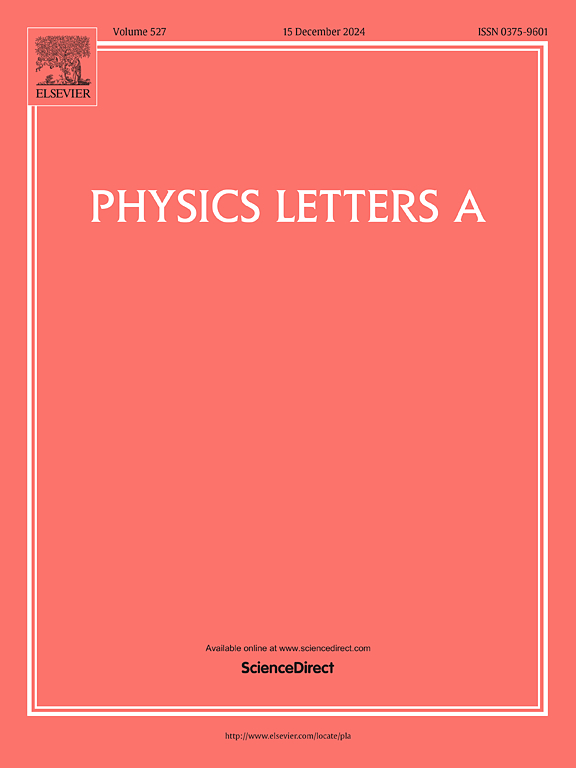Observational constraining on inflationary parameters in Barrow inspired f(R) cosmology
IF 2.6
3区 物理与天体物理
Q2 PHYSICS, MULTIDISCIPLINARY
引用次数: 0
Abstract
This study is dedicated to discuss the inflationary setup with the help of modified Barrow entropy in context of gravity framework. We derive the Friedmann equations by using the first law of thermodynamics. With the help of these equations, we reconstruct gravity model to establish the relationships governing scalar and tensor perturbation power spectra and interestingly this model mimics thermodynamically under the slow-roll approximation. Four different types of potentials like the β potential, exponential potential, large field potential and pure arctan potential are used to explore the insights of inflationary parameters in the underlying scenario. With these potentials, mathematical formalism of different inflationary parameters such as slow roll parameters, scalar power spectrum, scalar spectral index and tensor-to-scalar ratio are found. Moreover, the graphs of scalar spectral index and tensor-to-scalar ratio are plotted to compare with the latest observational data. It is worthwhile to mention that our results are consistent with Planck 2018 data.
巴罗启发的f(R)宇宙学中暴胀参数的观测约束
本文讨论了在f(R)引力框架下,利用修正的巴罗熵的暴胀设置。我们利用热力学第一定律推导出弗里德曼方程。利用这些方程,我们重建了f(R)重力模型,建立了标量和张量微扰功率谱的关系,并在慢滚近似下模拟了热力学。利用四种不同类型的势,如β势、指数势、大场势和纯arctan势来探索潜在情景下暴胀参数的见解。利用这些势,得到了慢滚参数、标量功率谱、标量谱指数和张量比等不同膨胀参数的数学形式。此外,还绘制了标量谱指数图和张量标量比图,以便与最新观测数据进行比较。值得一提的是,我们的结果与普朗克2018年的数据是一致的。
本文章由计算机程序翻译,如有差异,请以英文原文为准。
求助全文
约1分钟内获得全文
求助全文
来源期刊

Physics Letters A
物理-物理:综合
CiteScore
5.10
自引率
3.80%
发文量
493
审稿时长
30 days
期刊介绍:
Physics Letters A offers an exciting publication outlet for novel and frontier physics. It encourages the submission of new research on: condensed matter physics, theoretical physics, nonlinear science, statistical physics, mathematical and computational physics, general and cross-disciplinary physics (including foundations), atomic, molecular and cluster physics, plasma and fluid physics, optical physics, biological physics and nanoscience. No articles on High Energy and Nuclear Physics are published in Physics Letters A. The journal''s high standard and wide dissemination ensures a broad readership amongst the physics community. Rapid publication times and flexible length restrictions give Physics Letters A the edge over other journals in the field.
 求助内容:
求助内容: 应助结果提醒方式:
应助结果提醒方式:


